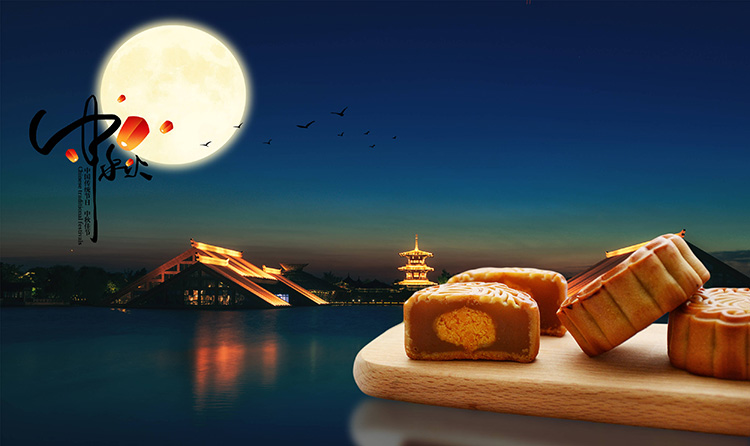Beijing Moon Festival: Explore the Best Moon Gazing Spots and Mid-Autumn Traditions
In Beijing, moon gazing is more than looking up at the sky.
It is a poetic ritual that connects the past and present.
When the soft moonlight shines on the golden roofs of the Forbidden City, the bridges of the Summer Palace, and the gray bricks of the hutongs, the entire city turns into a living ink painting.
This is not just admiration for nature — it is a gentle dialogue with a thousand years of history.

1. The City Under the Moon: A Dialogue Through Time
The moon in Beijing has a charm found nowhere else.
Here, the modern skyline meets ancient silhouettes.
You can see the moon climbing over the glass towers of Guomao, or resting softly on the eaves of the Drum Tower.
During the Mid-Autumn Festival, the moon seems to favor this ancient capital, turning the glazed tiles into a shimmering sea of gold.
2. The Moon’s Story: The Heart of Chinese Emotion
In Chinese culture, the moon carries deep emotional meaning.
The tradition of moon gazing began with ancient rituals, later becoming a symbol of reunion.
The legend of Chang’e flying to the moon gives it romance, while the poem “The moon is brightest over my hometown” expresses longing for family.
When you watch the moon in Beijing, you are not only seeing a celestial body — you are connecting with the spirit of Chinese culture: reunion, harmony, and hope.

3. Best Viewing Spots: Six Places to Enjoy the Moon
- Wanchun Pavilion, Jingshan Park – The best spot to see the Forbidden City glowing under moonlight from Beijing’s central axis.
- Kunming Lake, Summer Palace – The Seventeen-Arch Bridge and its reflection create the magical view of “three moons shining together”: the sky moon, water moon, and bridge moon.
- Yinding Bridge, Shichahai – A poetic scene from old Beijing, with mountains in the distance and lantern reflections on the water.
- Hutong Rooftop Cafés – Enjoy coffee under the moonlight from terraces around Nanluoguxiang or Wudaoying Hutong, blending old and new Beijing.
- Ancient Observatory – Watch the moon where ancient astronomers once observed the stars — a dialogue between history and the universe.
- Great Wall Night Tour – During the festival, some sections open for night visits. Standing on the wall under the moonlight, you’ll feel the spirit of “The moon over Qin, the passes of Han.”

4. Immersive Experiences: Be a “Person in the Moon”
To fully enjoy the moon, engage all your senses.
Join a tea ceremony in a Siheyuan courtyard, listening to stories of old Beijing’s Mid-Autumn traditions.
Walk through hutongs with a rabbit lantern, tasting Beijing mooncakes with bright red fillings.
Or take a boat ride on Shichahai, listening to folk songs while the moon glows above.
When photographing the moon, include the architecture — a flying eave or carved window adds the perfect touch of Beijing style.

5. Travel Tips: Catching the Best Moonlight
The best time to watch the moon is from the 14th to the 16th day of the lunar eighth month.
The full moon appears brightest on the festival night.
Beijing’s autumn skies are usually clear, with ideal viewing between 6:30 and 9:00 p.m.
Most parks extend opening hours and hold Mid-Autumn events — check schedules in advance.
To avoid crowds, visit quieter spots like the Imperial Ancestral Temple or Zhongshan Park, or book a high-rise hotel with a skyline view.
When moonlight floods Beijing, slow down and join this centuries-old ritual.
Between the legends of Chang’e and the Jade Rabbit and the lights of modern Beijing, find your own moon — the same one that once shone over emperors, poets, and dreamers.


